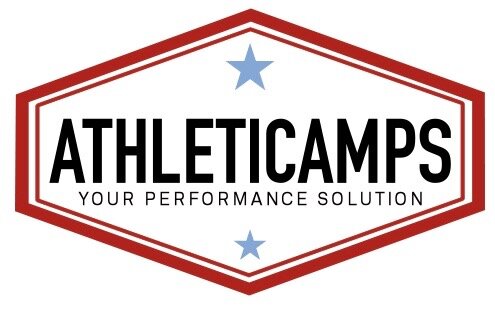The benefits of consistent performance assessment
/Working with thousands of athletes of all levels of experience has revealed one trait they have in common: those that show the most improvement are the ones that regularly use performance testing to track their progress. Most cyclists are familiar with using a power meter to track their output when riding, however, both testing and tracking are necessary elements to help athletes improve, reach goals and enjoy their sport more.
Colby came to us 6 months ago with lacking focus in his training. He was consistent in his riding, but showed little improvement. After an in-depth discussion and review of his current program there were four main objectives we implemented immediately:
Bike fitting - he told us he had significant discomfort on the bike. A rider that can't focus on training because they are uncomfortable will be limited in their fitness improvement.
Specific event goals - Colby has no desire to race, but wishes to improve his fitness, travel to some cool events and step outside his comfort zone to achieve them (he did by the way!)
Weight goals - Determine and track attainable weight goals
A comprehensive testing program - We test for two main reasons: 1) to objectively determine heart rate and power training zones, 2) track progress and determine what is and what is not working in your program.
After working with Colby for 6 months, here is what we were able to determine based on two test sessions:
Weight dropped 3 kilos and body fat percentage decreased from 17% to 13%.
His wattage at lactate threshold increased from 187w to 214w which is an increase of 12.7%.
His watts per kilo at 4 mMols of lactate (near lactate threshold) increased from 2.8 to 3.3 w/kilo which is an increase of 15%.
The goal is to "shift the lactate curve to the right" so at any level of lactate production, his watts are higher. In Colby's case, you can see this quite clearly.
He also performed Max VO2 tests and increased his max wattage 8% and his VO2 Max went from 52.4 to 57.4 mL/kg/min which is an increase of 9%.
During this time period Colby trained an average of 6-10 hours per week and accomplished his event goals. We just met again and planned out 2018's goals! We love working with athletes like Colby whose love of the sport and desire to improve is infectious.





